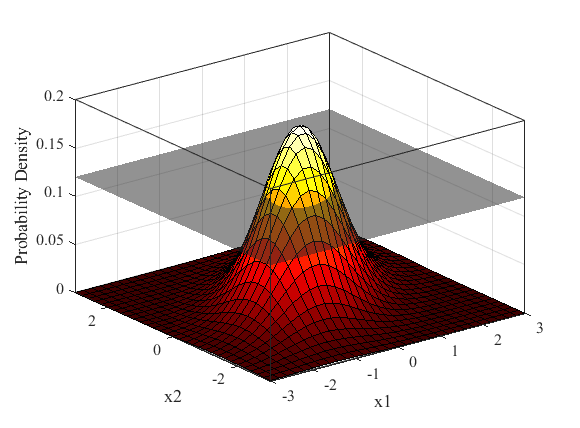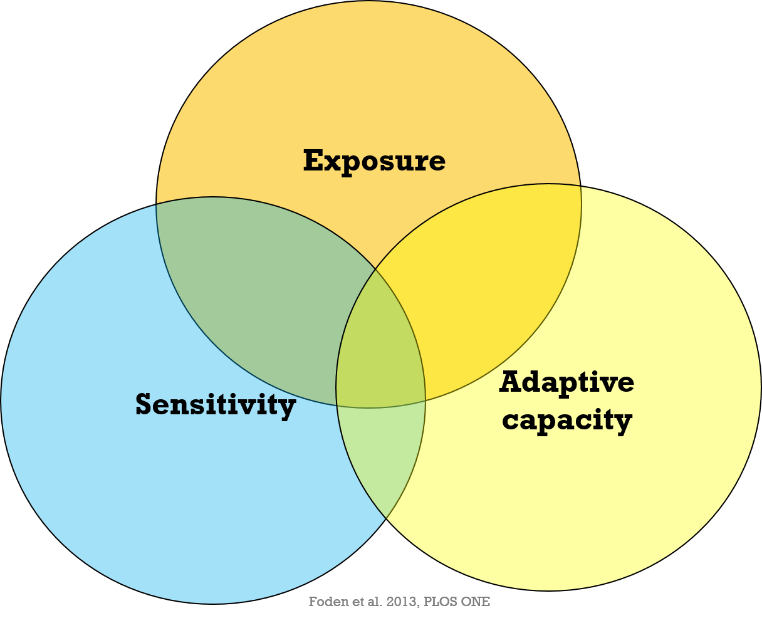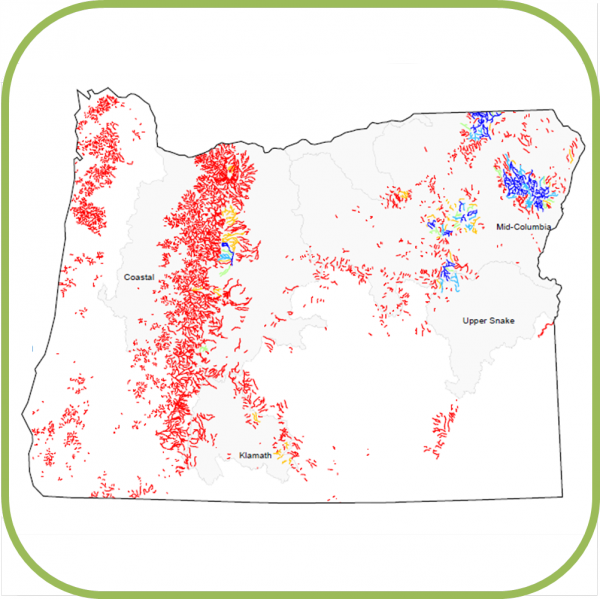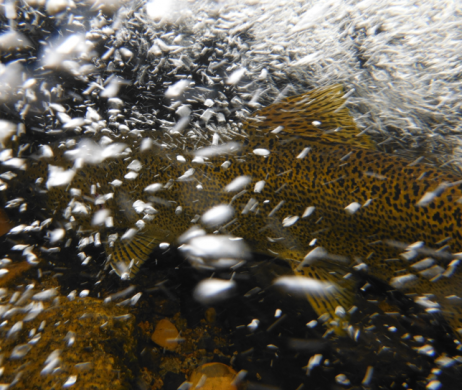Learn more about how the REDD supports decision making

Decision Making
How do scientific results affect decisions about natural resources?
Unfortunately, there are more ways to fail than succeed, so REDD is developing techniques to ensure that scientific results are used appropriately...

Species Vulnerability Modeling
Climate change will impact all native fish species in Oregon, however the degree to which a species is vulnerable is uncertain. Recognizing the potential for impacts, there is a need to incorporate potential future climate effects into the management and conservation of all native fish species. To more adequately manage the needs of these species in a potentially new, variable environment, REDD is developing a quantitative, transparent, and adaptive modeling approach to understanding species distribution and survival given climate regime shifts and other threats on the landscape. Species distribution models (SDMs) are being used to model vulnerability to environmental change as a function of climate sensitivity, exposure to threats, and a species’ tolerance to temperature. Having the ability to predict future range shifts will aid in our ability to manage and conserve these species in the long-term.
Science for Management Framework
ODFW currently implements a number of monitoring programs to track things such as population health and restoration effectiveness. The REDD group is developing a statewide framework under which all science could be organized with a more integrated approach to data collection and use for management.

Vulnerability Assessments
Vulnerability assessments are process-based models that can be used to predict future status under different scenarios, a useful tool for conservation planning. The REDD group is collaborating with USGS and OSU researchers to use this approach for species in Oregon.

Consultancy
ODFW conducts a variety of research and monitoring statewide to assess population health, limiting factors, restoration effectiveness etc. The scope of these projects ranges from very small (single spring pool) to some of the largest fish monitoring programs in the world. The REDD group is available to help develop appropriate monitoring objectives, design study plans, and advise on analyses.